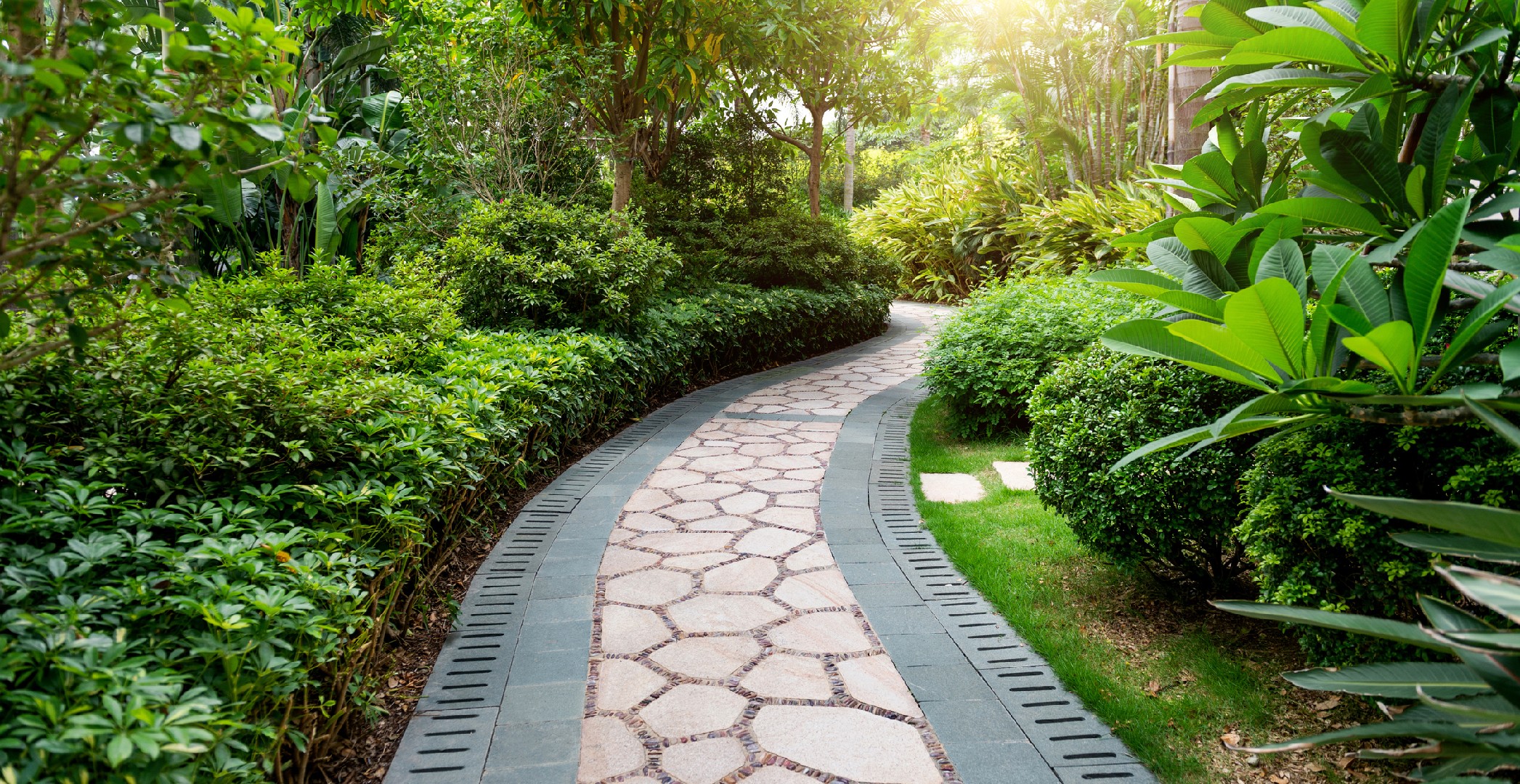![Rectangle]()
The Functionality of Various Paving Materials
When it comes to choosing the perfect paving materials for your garden paths, understanding the functionality of different materials is key. Not all materials are created equal, and each one has its own unique qualities that contribute to its suitability for different situations.
One important factor to consider is how different materials handle wear and tear. Some paving materials, like concrete, are incredibly durable and can withstand heavy foot traffic without showing signs of wear. Others, like gravel, are better suited for light foot traffic and may need periodic replenishment to maintain their appearance.
Climate is another crucial consideration when selecting paving materials. Certain materials, such as brick and stone, are highly resistant to temperature changes and can withstand the freeze-thaw cycle without cracking. On the other hand, materials like asphalt may not fare as well in areas with extreme temperature fluctuations, as they can develop cracks over time.
Maintenance needs also play a role in determining the right paving materials for your garden paths. Some materials, like concrete, are relatively low-maintenance and only require occasional cleaning to remove dirt and debris. Others, like wood, may require regular sealing or staining to protect them from the elements.
To ensure the longevity and functionality of your garden paths, it's essential to choose paving materials that align with your specific needs and requirements. Consider factors such as foot traffic, climate, and maintenance when making your decision.
If you have a high foot traffic area, opting for materials like concrete, pavers, or brick can provide the durability and longevity needed to withstand heavy use. In areas with a milder climate, materials like gravel or decomposed granite can be cost-effective options that add a rustic charm to your garden paths.
Regular maintenance is essential to keep your garden paths looking their best. Sweeping away debris, clearing weeds, and power washing are simple tasks that can go a long way in maintaining the overall appearance. Ensure you follow proper maintenance guidelines specific to the materials used to preserve their functionality.
By considering wear and tear, climate suitability, and maintenance needs, you can select the perfect paving materials for your garden paths. Choose materials that not only enhance the aesthetics of your garden but also provide practicality and longevity. With the right materials in place, your garden paths will not only serve their purpose but also become a beautiful feature of your outdoor space.





